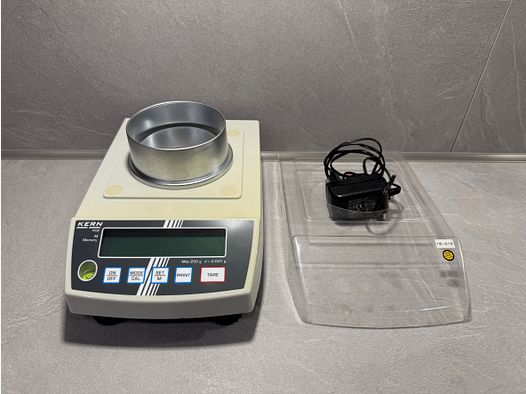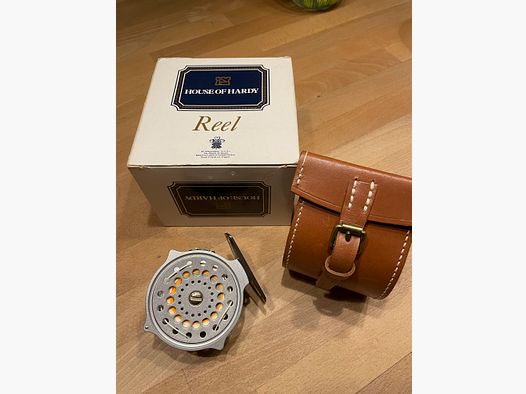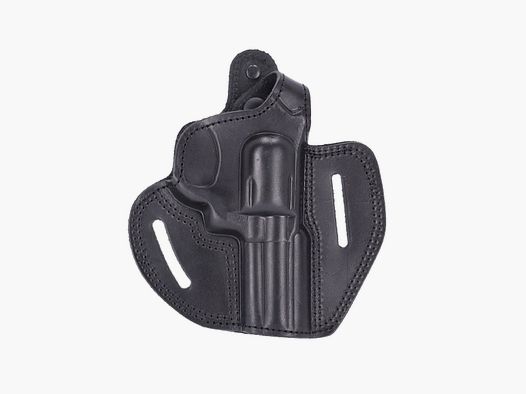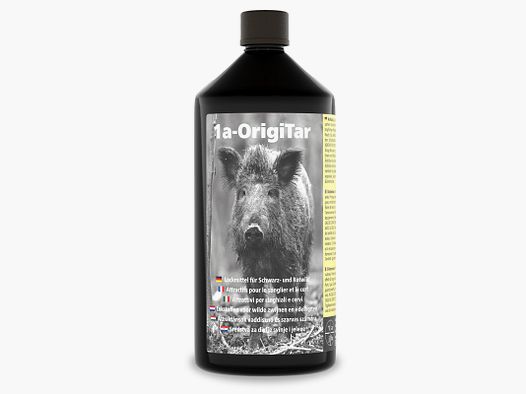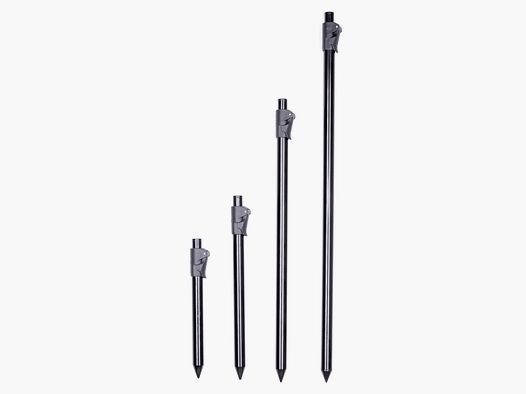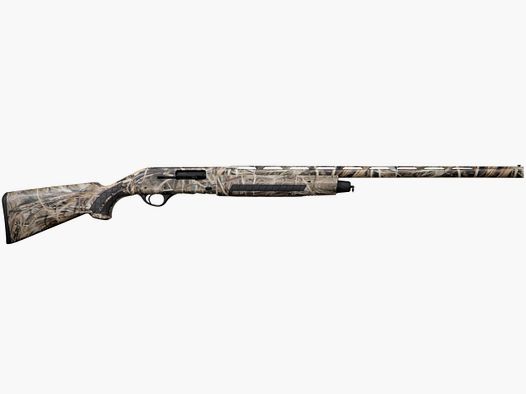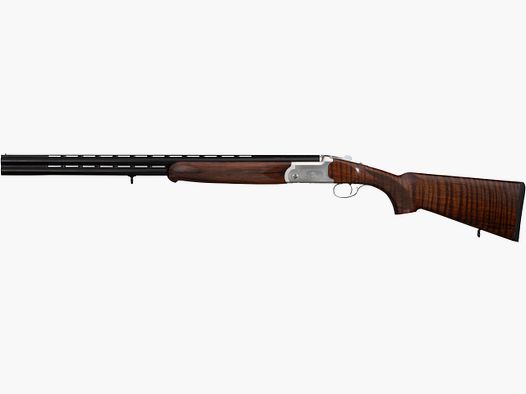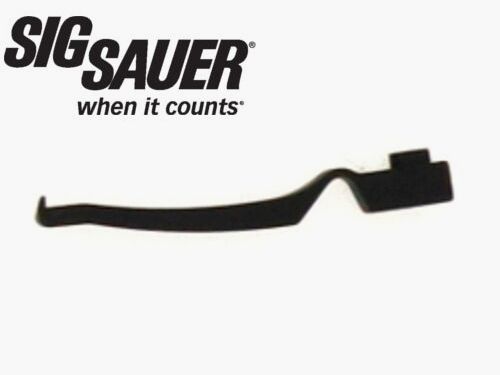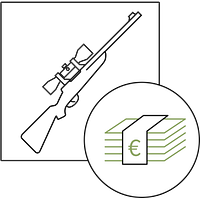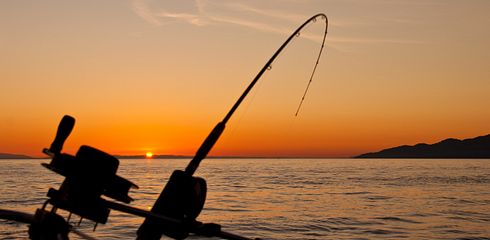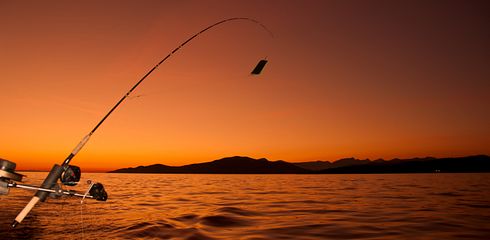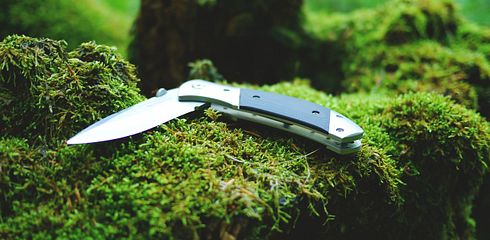Fishing is not only a relaxing hobby but also a responsibility towards the environment and other anglers. One of the most important tools for understanding the rules of fishing is the fishing map. This map is more than just a piece of paper – it is a key that opens access to various waters. But how do you read a fishing map correctly and interpret the rules and regulations contained within? In this article, we take a detailed look at how to decode a fishing map and become a responsible angler.
1. The Basics of a Fishing Map
A fishing map is not just a ticket to fish but also a guide that contains the rules and regulations for a specific body of water. Before you head out on your next fishing adventure, it is crucial to understand the basics of the map.
Water Information: Fishing maps often contain basic information about the water, such as location, size, and the fish species that inhabit it. This section gives you an overview of what to expect.
Rules and Regulations: This part is the heartbeat of the fishing map. Here you will find detailed information about the applicable rules and regulations for the water. This can include everything from catch limits to minimum sizes to fishing times and methods.
Map Legends: Many fishing maps come with legends that help you interpret the map. Here you will learn how to identify water structures, restricted zones, and other important details.
2. Understanding the Water Structure
A good fishing map provides not only information about the water surface but also about the structures within it. This is crucial for choosing the fishing spot and successfully locating fish.
Depth Contours: These lines on the map represent different depths of the water. Understanding these contours can help you identify the best spots for certain fish species.
Underwater Structures: Many fishing maps show underwater structures such as shallows, flats, rocks, and other obstacles. This information is essential for finding potential hotspots for fish activity.
Currents and Tides: Depending on the water, currents and tides may also be marked on the map. This is especially important when fishing in rivers or coastal waters.
3. Decoding Rules and Regulations
Understanding the rules and regulations listed on the fishing map is crucial not only for fishing legally but also for promoting the sustainability of fish stocks.
Catch Limits: Some waters have limits on the number of fish you can catch per day or per season. These limits are in place to protect fish stocks.
Minimum Sizes: To ensure that fish have the opportunity to reproduce, there are often minimum sizes that a fish must reach before it can be legally harvested.
Fishing Times: In some waters, specific times are set during which fishing is allowed. This can help protect fish during their spawning periods.
Prohibited Methods: Some fishing maps also contain information about prohibited fishing methods to ensure sustainable and fair fishing practices.
4. Utilizing Online Resources and Apps
With the advancement of technology, anglers today have access to numerous online resources and apps that make reading fishing maps easier.
Interactive Maps: Some websites offer interactive fishing maps that allow you to explore waters in real-time and access updated information.
Mobile Apps: There are also various mobile apps that make fishing maps and water information accessible. These apps often offer features such as weather forecasts, catch reports, and community interactions.
5. Acting Respectfully and Responsibly
Reading a fishing map is not just a skill but also a responsibility. A responsible angler not only respects the rules but also contributes to the preservation of nature.
Practice Catch-and-Release: Whenever possible, practice the catch-and-release method. This helps ensure that fish stocks are maintained and that future generations can enjoy the same joy of fishing.
Environmental Awareness: Be sure to leave no trash behind and leave nature as you found it. Be an ambassador for sustainable fishing.
Conclusion: Mastering the Art of Map Reading
Reading a fishing map is a skill that requires time and practice, but it is essential for a successful and ethical fishing day. Use the information on the map not only to catch fish but also to appreciate and protect nature. Be a responsible angler who knows the rules, respects the environment, and shares the joy of fishing with others. Tight lines, and may every fishing day be a teacher and an adventure!







